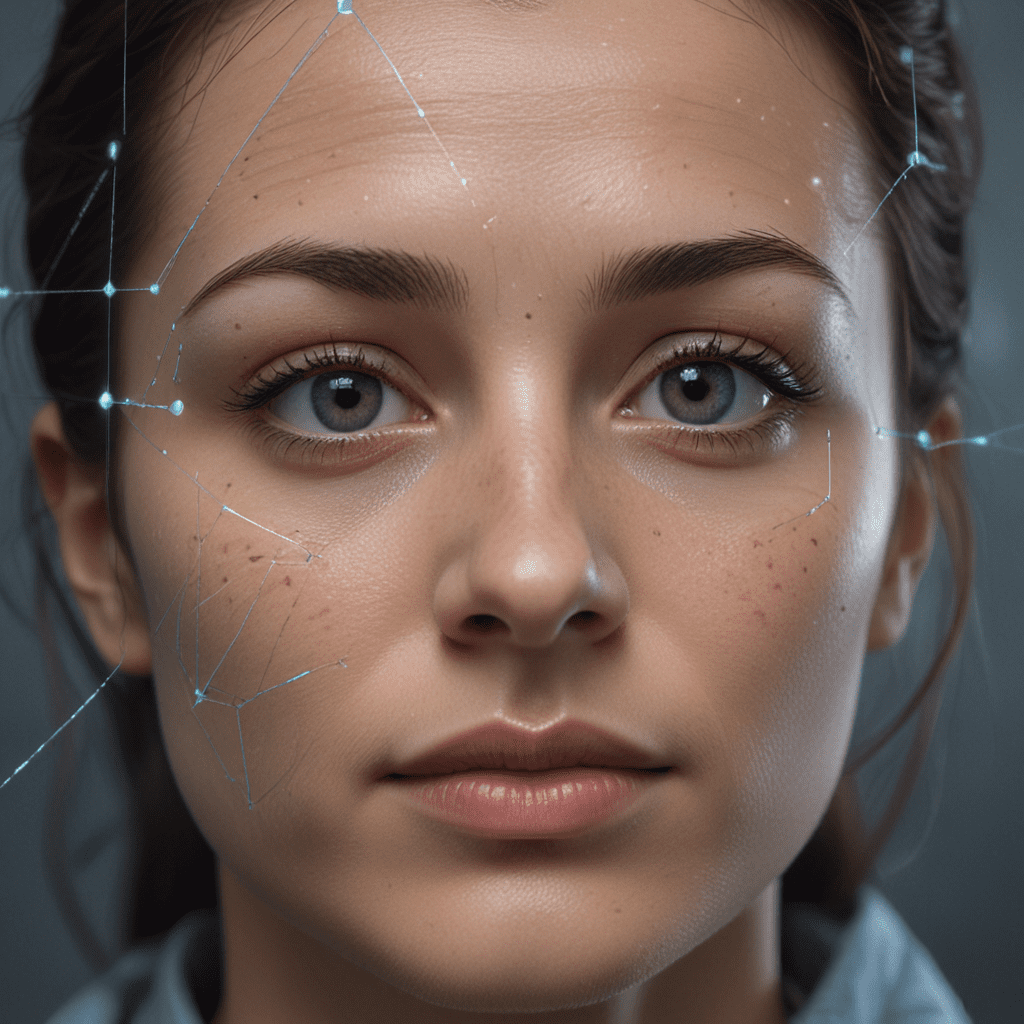
Facial Recognition in Public Spaces: Enhancing Safety and Privacy
Facial recognition technology is rapidly evolving, and its applications in public spaces are growing. This technology has the potential to enhance public safety and security, but it also raises important privacy concerns. It is essential to strike a balance between the benefits and risks of facial recognition technology to ensure its responsible use.
Facial Recognition Technology: An Overview
Facial recognition technology uses algorithms to analyze facial features and identify individuals. It is a powerful tool that can be used for a variety of applications, including:
- Crime prevention and detection
- Missing person identification
- Counter-terrorism efforts
Facial recognition technology works by creating a digital template of a person's face. This template is then compared to other images to identify the individual. The technology is highly accurate, and it can be used to identify people even when they are wearing disguises or if their appearance has changed over time.
Enhancing Public Safety and Security
Facial recognition technology can be a valuable tool for enhancing public safety and security. It can be used to:
- Prevent crime by identifying individuals who are known to have committed crimes in the past.
- Detect crime by identifying individuals who are involved in criminal activity.
- Identify missing persons by comparing their images to a database of missing person reports.
- Prevent terrorism by identifying individuals who are known to be involved in terrorist activity.
6. Public Perception and Acceptance
The public's perception of facial recognition technology is crucial for its responsible use. Trust and confidence are essential for people to accept the technology and for it to be effective. It is important to address privacy concerns and ensure that the technology is used in a transparent and accountable manner.
7. Future Applications and Trends
Facial recognition technology is rapidly evolving, and its applications are expanding. In the future, we can expect to see the technology used in a variety of new ways, including:
- Smart cities and automated surveillance
- Personalized security and convenience
8. Social Justice Implications
The use of facial recognition technology has important social justice implications. It is essential to ensure that the technology is used fairly and equitably, and that it does not discriminate against particular groups of people.
9. International Perspectives and Collaboration
Facial recognition technology is a global issue. It is important to share best practices and collaborate internationally to ensure that the technology is used responsibly.
10. Conclusion: Advancing the Use of Facial Recognition Responsibly
Facial recognition technology has the potential to enhance public safety and security, but it also raises important privacy concerns. It is essential to strike a balance between the benefits and risks of the technology to ensure its responsible use.
Frequently Asked Questions
What are the main privacy concerns with facial recognition technology?
The main privacy concerns with facial recognition technology include:
- Data collection and storage: Facial recognition technology requires the collection and storage of large amounts of data, which can include sensitive information such as an individual's name, address, and date of birth.
- Facial discrimination and bias: Facial recognition technology can be biased against certain groups of people, such as people of color and women. This bias can lead to inaccurate identifications and unfair treatment.
How can we ensure the responsible use of facial recognition technology?
We can ensure the responsible use of facial recognition technology by:
- Developing ethical guidelines: Ethical guidelines can help to ensure that facial recognition technology is used in a way that is consistent with our values and principles.
- Promoting transparency and accountability: Transparency and accountability are essential for building trust in facial recognition technology.
- Engaging the public: The public should be involved in the development and use of facial recognition technology.


